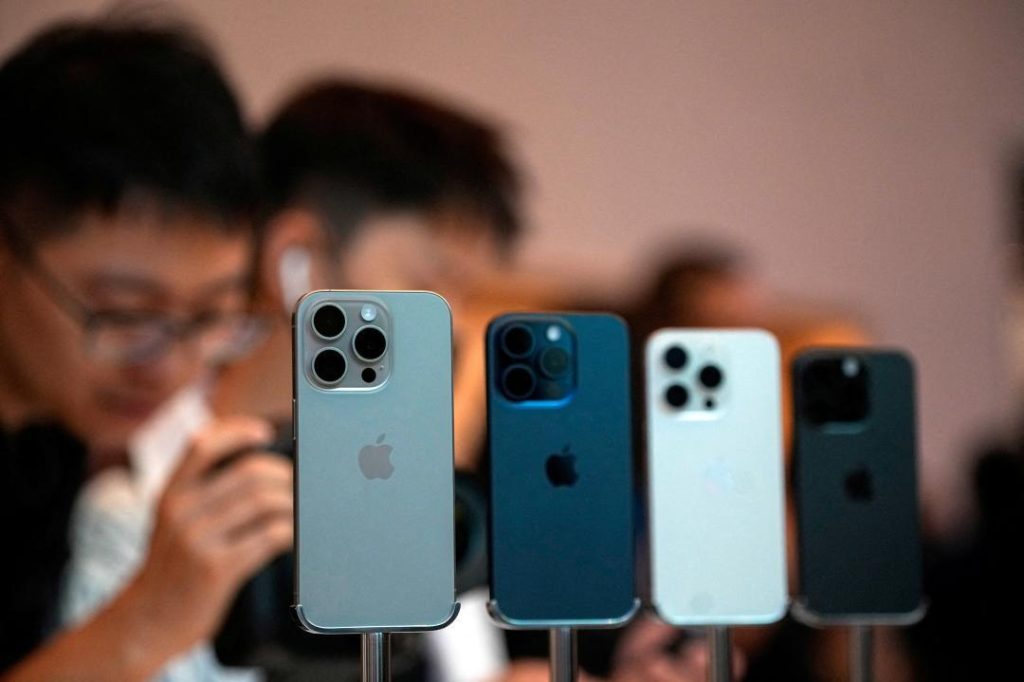
How Much Does it Cost to Make an iPhone & How May it Change due to US Tariffs?
The iPhone has become an integral part of our daily lives, and with each new release, Apple’s flagship smartphone becomes more powerful, feature-rich, and expensive. Have you ever wondered what goes into making an iPhone and how much it costs? In this blog post, we’ll dive into the manufacturing costs of an iPhone and explore how the introduction of US tariffs could change the game.
According to a recent report by Moneycontrol, Apple spends around $580 to make a 256GB iPhone 16 Pro. This cost breaks down into various components, including:
- $90.85 for the A18 Pro chip
- $126.95 for the rear camera systems
- $37.97 for the display
- Other components, such as batteries, memory, and casing, which account for the remaining $325.23
These costs are likely to vary depending on the specific model and storage capacity of the iPhone. However, this gives you an idea of the basic components that go into making an iPhone.
Now, let’s talk about US tariffs. In recent times, the US government has imposed tariffs on Chinese imports, including those used in the manufacturing of iPhones. Since many iPhones are assembled in China, the 54% tariffs would apply to the entire manufacturing cost of the iPhone. This would raise the cost of manufacturing an iPhone to around $847 (approximately ₹73,400).
To put this into perspective, the cost of manufacturing an iPhone would increase by around 46% due to US tariffs. This could have significant implications for Apple’s profit margins and, ultimately, the price of the iPhone for consumers.
So, how would this impact the consumer? If the tariffs are imposed, Apple might choose to absorb some or all of the increased costs by reducing its profit margins. This could lead to higher prices for consumers, potentially making the iPhone less affordable.
However, it’s also possible that Apple could pass on some or all of the increased costs to consumers. This could result in a higher price tag for the iPhone, making it even more exclusive and expensive.
The impact of US tariffs on iPhone prices would depend on various factors, including:
- The extent to which Apple chooses to absorb the increased costs
- The level of competition in the smartphone market
- The willingness of consumers to pay higher prices for the iPhone
In the short term, the impact of US tariffs on iPhone prices might be minimal. Apple could choose to absorb the costs and maintain its pricing strategy. However, in the long term, the tariffs could lead to higher prices for consumers, potentially affecting demand and sales.
In conclusion, the cost of making an iPhone is complex and involves various components, including chips, cameras, displays, and other parts. The introduction of US tariffs could significantly increase the cost of manufacturing an iPhone, potentially leading to higher prices for consumers.
As the global smartphone market continues to evolve, it’s essential to stay informed about the latest developments and trends. Whether you’re an iPhone enthusiast or simply a tech-savvy individual, understanding the intricacies of smartphone manufacturing can help you make informed decisions about your next purchase.





